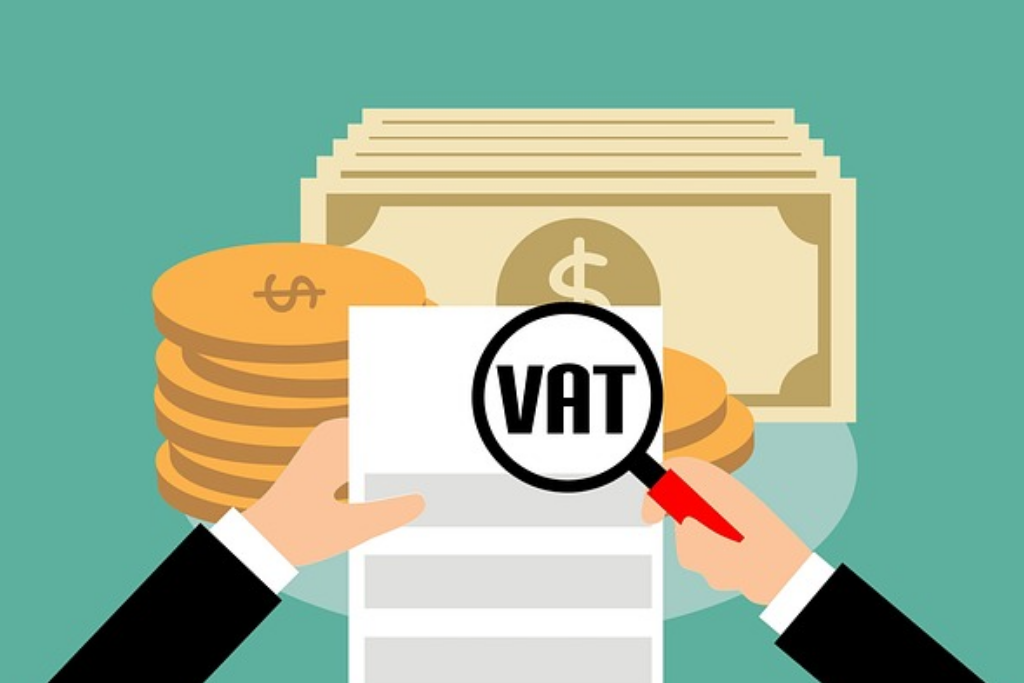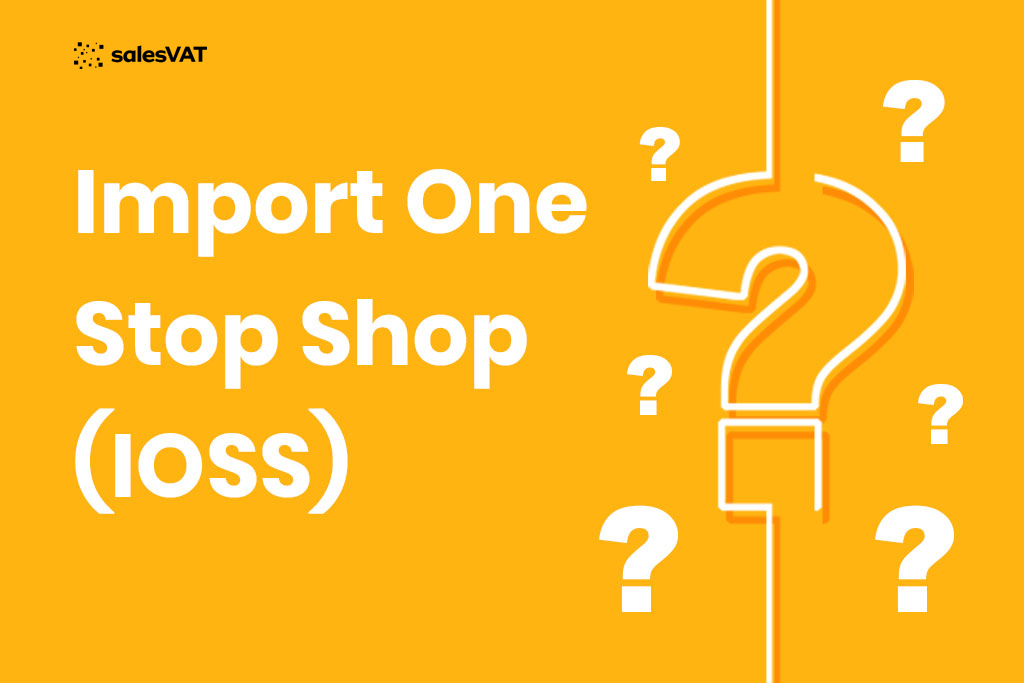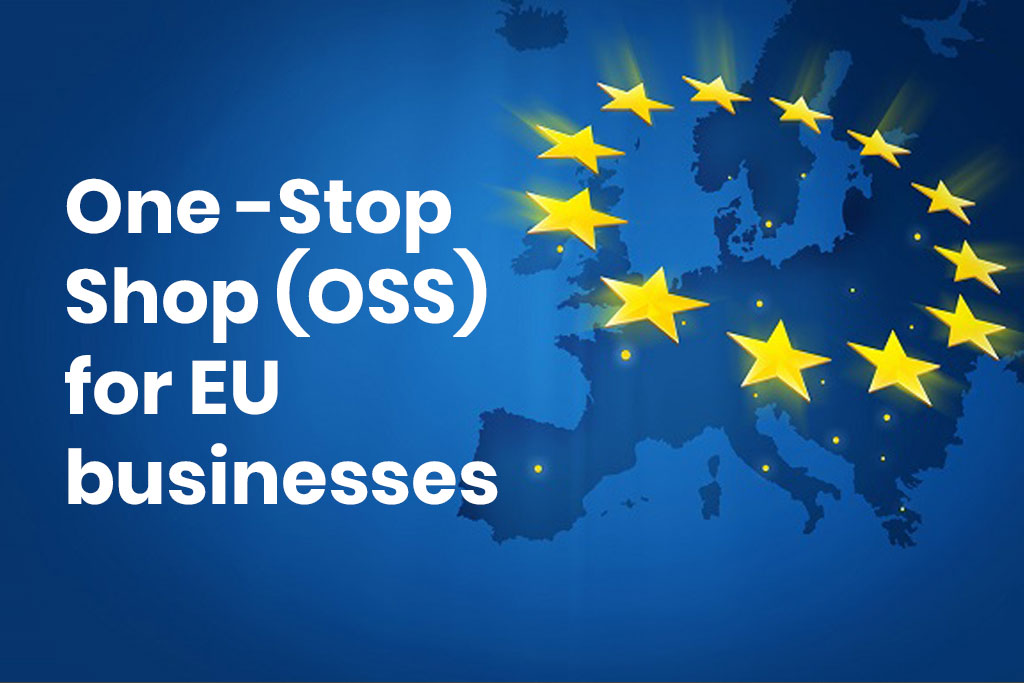The much awaited New European Union cross-border VAT e-commerce will effectively come to force on 1st July 2021. Due to the pandemic the EU has deferred implementing the new VAT rules from 1 January to 1 July 2021. Before proceeding let us try to understand VAT.
What is ‘Value Added Tax’ commonly called ‘VAT’?
Value added tax is a system of indirect taxation on goods and services to final consumers.
How is it calculated?
- It is collected cumulatively at each stage of the supply chain
- Business charge VAT on their sales and recover VAT on their purchases and expense
Where is VAT actually assessed?
- Presently, VAT is assessed at customs (i.e. point of import)
- After July 1’ VAT is assessed at the point of sales as followed by the UK
What are the main reasons for adopting new rules?
The rules are designed keeping in mind both the parties involved a. the trader b. the collector (i.e. EU).
For the trader:
- New rules simplify and standardize the taxation of cross-border supplies of goods and services
- VAT is now charged for all transactions for all goods and services
- Non-EU E-commerce businesses are treated at par with the EU businesses. They no longer enjoy preferential treatment
- Updated rules create an equal opportunity and transparent trading ambience for all traders (within EU and outside EU)
For the European Union:
- The present rules are complex and encourage unfair competition within the EU
- New rules increase tax revenues for member states, reduce collection losses and keep a check on any fraudulent practice
- Tax evasion costs billions of Euros in loss to the EU
- Help the administration bottlenecks like, costs and multiple registrations done by the trader within European Union
What are the most important changes taking place from July 1’ 21?
1. EU is removing the €22 VAT exemption for imports:
- VAT will apply uniformly to all goods imported into the EU Countries
- VAT will apply at the rate of the buyer’s country of residence
- Each EU country follows its own VAT structure
2. Launching of new One Stop Shop (OSS):
- The new One Stop Shop (OSS) is an expansion of the Mini One Stop Shop (MOSS)
- It is applicable to all B2C services and distance sales of goods within the EU
- Centralized Registration and Declaration:
- Registering VAT in one member state is sufficient for businesses selling goods and services with the EU
- Deal with the committed tax authority in one language in the state it is registered
- Registering for the OSS is only possible for EU sellers in the EU country of residence
- Location is outside the EU, you need to choose the member state of registration yourself. Normally, the country where you sell goods to customers is appropriate
- Single filing for VAT declaration and payment done for all the goods and services offered within the EU
3. Launching portal ‘Import One-Stop Shop (IOSS)’ for goods imported outside the EU:
- Applicable only for goods valued up to €150
- Businesses to charge VAT at the point of sale, excluding goods subject to excise duty (like laptop, alcohol etc.)
- VAT will apply at the rate of the buyer’s country of residence
- Alternatively, it can be collected from the buyer, but (IOSS) is designed to facilitate unexpected customs and admin fees
- Need to register through the IOSS portal of any EU member state
- If your businesses are not EU-based, you need to have a ‘VAT fiscal representative’ based in the EU
4. EU applying uniform distance selling VAT threshold limit of €10,000 per annum:
- Businesses can file all sales through One-Stop Shop (OSS) VAT return
- VAT would be paid to the VAT authority in the EU country of registration
- Later, forwarded to the relevant EU countries of the buyer
- VAT rates of the buying country still apply and will be charged accordingly to that specific rate
There is an exception for EU businesses that sell less than €10,000 per annum cross-border on business-to-consumer (B2C) goods and services. These businesses can charge their domestic VAT rate and report sales in their usual domestic VAT return.
5. Online marketplaces are deemed sellers and will collect VAT:
- If consignment is valued less than €150, liability to collect, report and remit tax in the EU falls to the online marketplaces (like Amazon, eBay), rather than original sellers
- Applicable for both domestic and cross-border transactions
- New record keeping requirements will be introduced for online marketplace
- VAT is collected by the marketplace where the sales take place and reported using new online systems Import One Stop Shop (I-OSS) and One Stop Shop (OSS)
- It facilitates sales of goods to the EU with the value not exceeding €150
- It facilitates intra-community distance sales of goods within the EU irrespective of their value, but sellers not established in the EU
6. Special arrangement scheme for sellers and marketplaces
- Non-EU merchants not wanting to register under (IOSS) can opt for this scheme
- Applicable only for consignments below €150 and only if the EU country of destination of the goods is the same EU country of importation
- Non-EU merchants do not charge VAT for sales, instead collected from either postal or courier services presenting the goods to customs
- The buyer pays the VAT to the postal or courier either before or during delivery
Our product salesvat.com is specifically designed for ecommerce businesses VAT filing in the EU and UK. We will make VAT calculation and filing simpler and easier, irrespective of your location whether EU or non-EU based.
B2B VATB2C VATCross border salesCross border transactioneCommerce sellersEU businessesEU VAT regulationImport-One-Stop-ShopIOSSLifestyleNew EU VAT rulesnew VAT rulesSalesVATSalesVAT SoftwareVAT for Amazon sellersVAT for eBay sellersVAT threshold




Leave a Reply
You must be logged in to post a comment.